Data Center Cooling Options

Modern data centers require advanced cooling solutions to operate at peak performance.
As one of the most rapidly growing industries in the world, data centers are changing how we develop new cooling technology at a record pace. The data center market is projected to continue growing by 8.5% per year over the next five years, to over $600 billion by 2029.*
Artificial intelligence (AI) and machine learning (ML) are driving increased data center demand, and the numbers are clear—this is only the beginning. Goldman Sachs Research estimates a nearly 200 terawatt-hour per year increase from 2024 to 2030, with AI representing about 19% of data center global power demand by 2028.**
It’s safe to say that there is great emphasis placed on infrastructure development to build new and expand existing data centers. To optimize computing power and storage capacity in a smaller space, server rack densities are higher than ever, and the heat emitted requires constant and consistent heat-rejection to prevent overheating and component damage. The cooling system chosen plays a vital role in mitigating these risks while providing options to maximize facility efficiency and Total-power Usage Effectiveness (TUE).
Data center cooling systems are designed using equipment to cool the servers inside the building working together with equipment outside the building to reject the heat.
Cooling Technologies Inside the Data Center
There are two primary cooling processes used inside the data center, air cooled and liquid cooled.
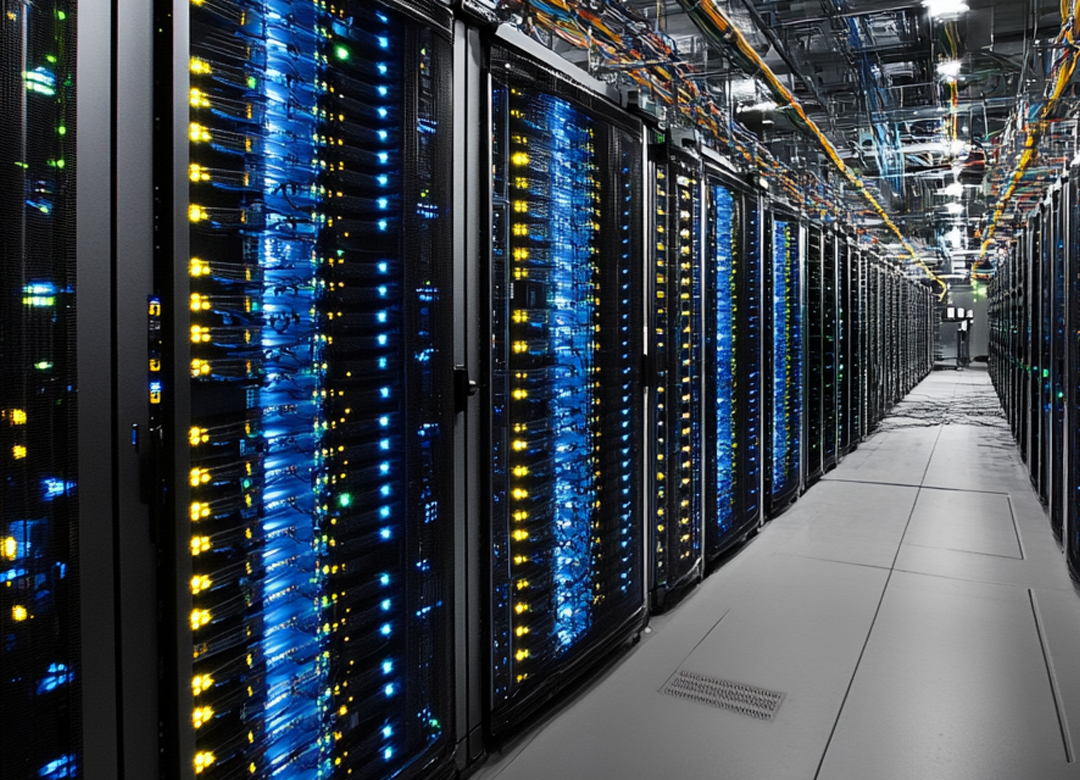
Air Cooled Server Racks
Air cooled server racks, such as CRAH or CRAC, have been used extensively in data centers for years. They are ideal if you have a standard enterprise IT infrastructure or a storage based system and want a more traditional solution. However, the heat from increasing rack densities is growing beyond their ability to meet the needs of many data centers. There are also hotspots, higher TUE, and a higher carbon footprint than liquid cooling.
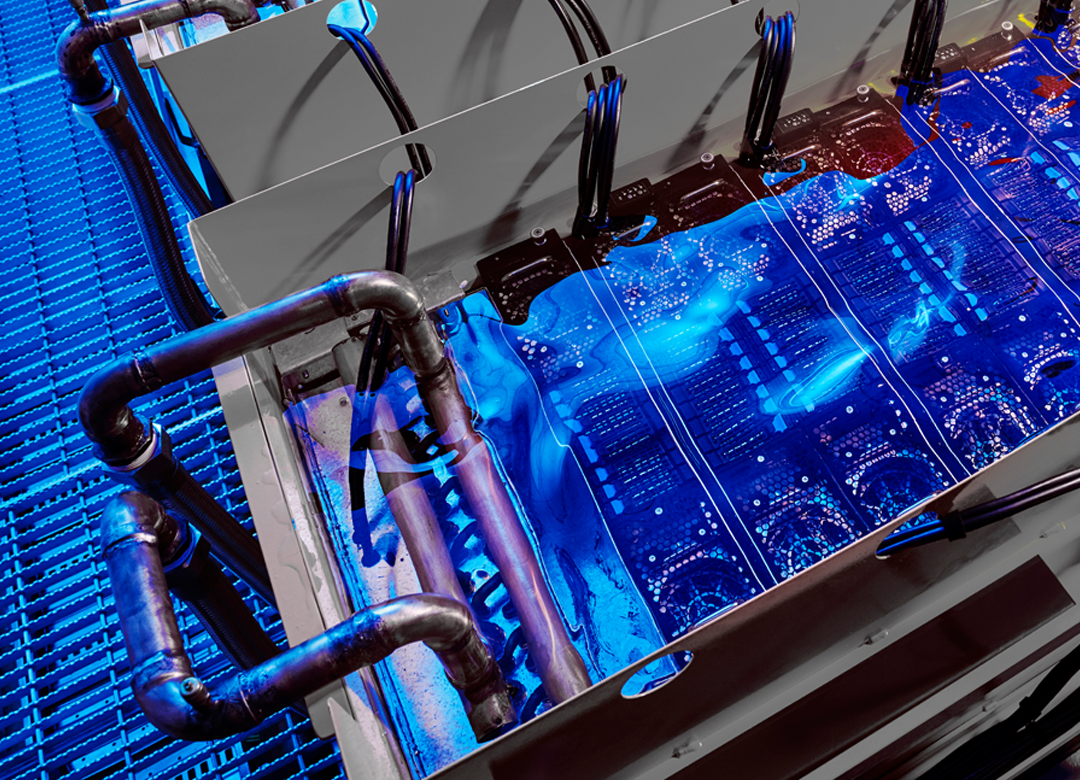
Liquid Cooling
Liquid cooling can absorb and carry away significantly more heat and is now becoming necessary to handle the increased cooling demands.
Immersion cooling systems are born from remarkable ingenuity, allowing sensitive computer parts to be fully submerged in a non-conductive dielectric fluid that efficiently rejects heat. Immersion cooling tanks are often paired with an evaporative or dry cooler outside the data center to maximize cooling output with many additional benefits.
With the demand for servers in data centers at an all-time high, power consumption and server storage are huge concerns. With exceptional heat dissipation, immersion cooling tanks allow for servers to be stored closer together. Combined with outside cooling units without a chiller in between, TUE is also greatly improved. This system provides consistent cooling with substantial energy reduction, opening pathways to improved high-density computing.
Two liquid cooling alternatives are direct-to-chip cooling and rear door heat exchangers. Direct-to-chip cooling circulates cool liquid through a cold plate that contacts heat-generating components like the CPU or GPU. This method, however, is less efficient than immersion cooling and can be challenging to maintain. Rear door heat exchangers (RDHx) are another alternative that can add liquid cooling abilities to existing air cooled facilities. The RDHx cools warm air from equipment and expels it out the front or rear door, unlike traditional cooling systems that process air in a separate area of the data center. RDHx systems are less efficient and have limited heat removal capacities compared to immersion cooling.
You can calculate immersion cooling impact here.
Heat Rejection Technologies Outside the Data Center
There are also a wide arrange of heat rejection technology options to cool outside of the data center to meet site specific goals.
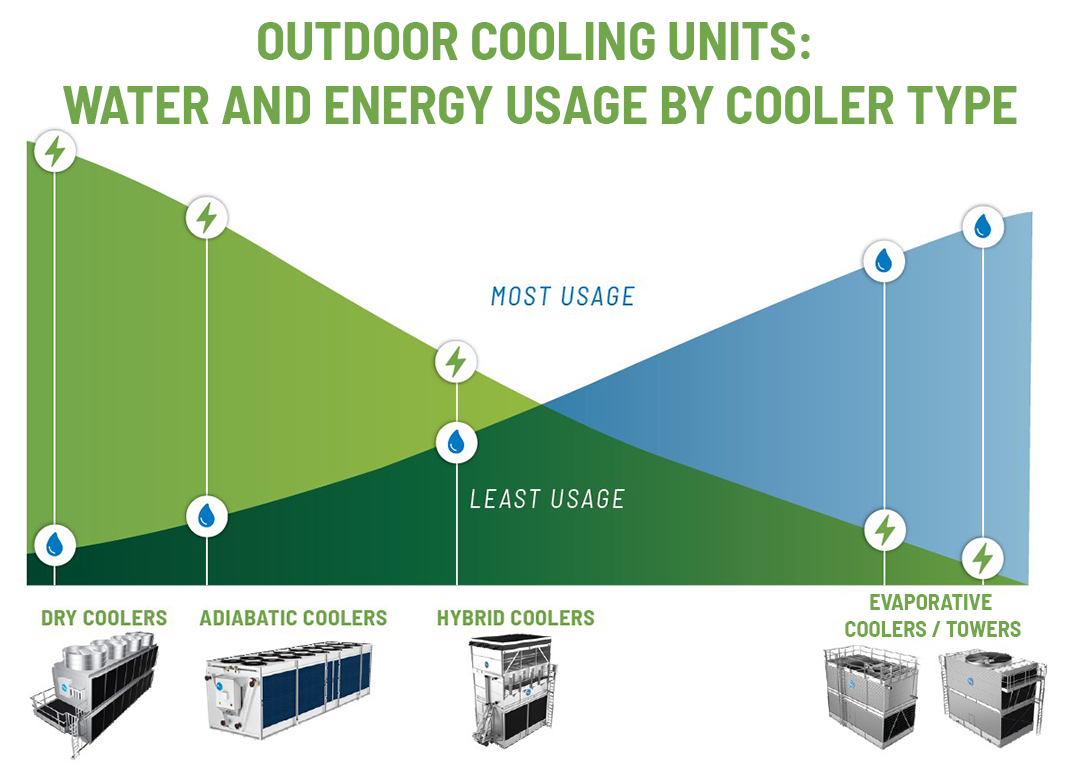
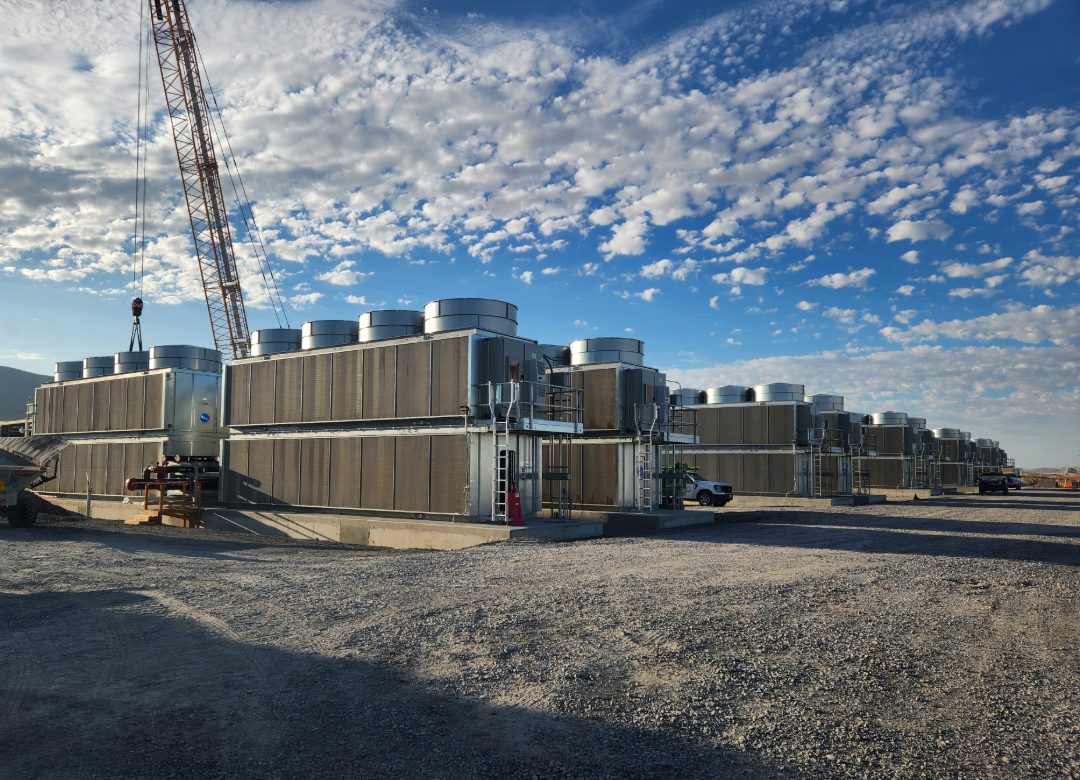
Dry Cooling
Dry coolers are an increasingly common choice for data center cooling because they can effectively lower the inside temperature of facilities without using water. Sites that operate in water stressed areas may choose dry coolers for their industry-leading Water Usage Effectiveness (WUE).
Buildings located in regions with cool ambient air can utilize that outside air to lower internal temperatures, cooling the intended space in an energy-efficient transfer. Dry cooling inherently uses more energy than evaporative cooling, but many dry cooling units are constructed with access to renewable energy, creating a sustainable long-term solution.
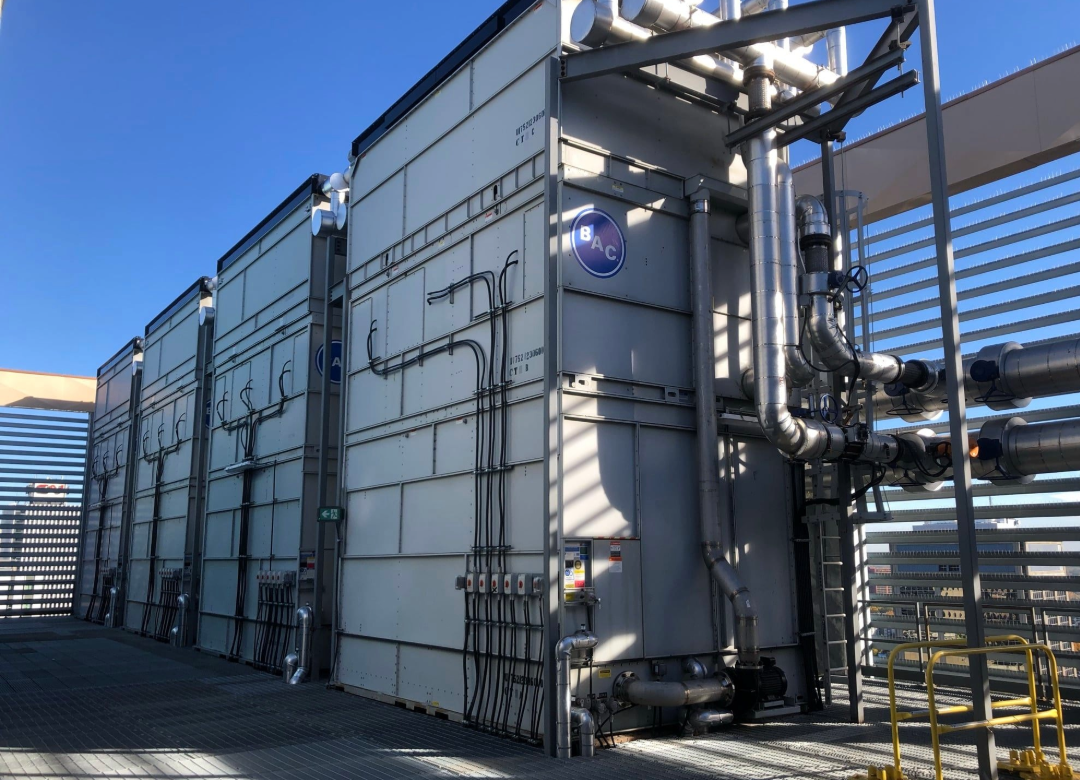
Hybrid and Adiabatic Cooling
Hybrid and adiabatic coolers provide options to balance the trade-off between energy consumption and water usage. With the ability to operate in both dry and evaporative modes, using wet mode during hot design days and switching to dry mode when ambient temperatures drop, these systems optimize water and energy usage based on your facility’s needs.
While there are functional differences between the two, both hybrid and adiabatic cooling provide users with the flexibility to reduce water or energy consumption throughout the year. Users facing water stress can still reap the energy-saving benefits of evaporative cooling while using much less total water.
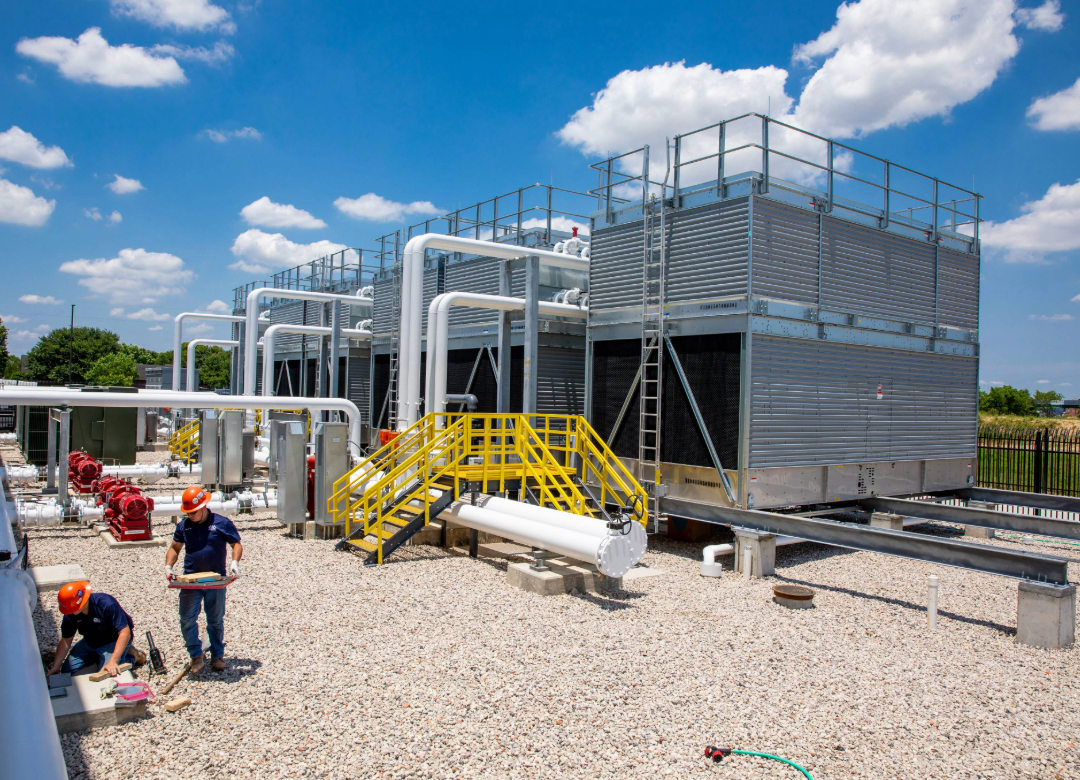
Evaporative Cooling
Evaporative cooling systems use the same principle as perspiration to provide cooling. A cooling tower evaporates water over fill and/or coils to efficiently reject heat and discharges warm air from the cooling tower to the atmosphere, and are extremely energy efficient.
Evaporative fluid coolers, or closed circuit cooling towers, maintain a clean, contaminant-free system using two fluid circuits: an external one where spray water mixes with air, and an internal one where process fluid flows through a coil.
For data center sites with access to fresh water, evaporative cooling towers and fluid coolers save energy, allowing more to be directed to servers.
With widespread development of data centers around the world, there are many different environments that require solutions with either less water usage, less energy consumption, or some bridge between the two. Knowing how much water and energy is necessary for cooling is crucial to understand which outside cooling solution suits a data center best.
BAC specializes in cooling for the future, providing a system solution for data centers that combines immersion cooling with dry, adiabatic, hybrid and/or evaporative cooling options. Connect with a BAC representative to learn how you can cool your data center in ways that sustain our world.
